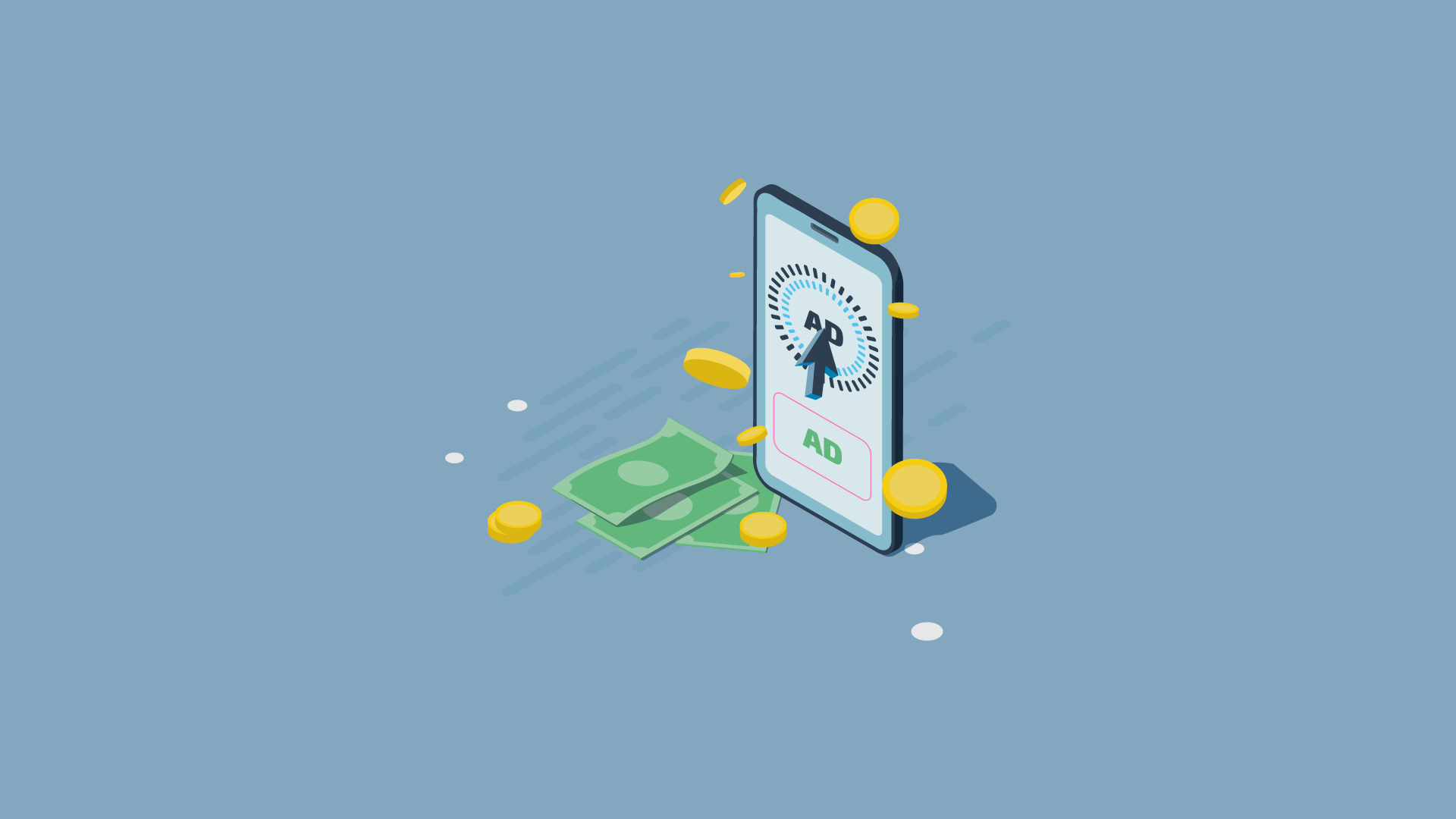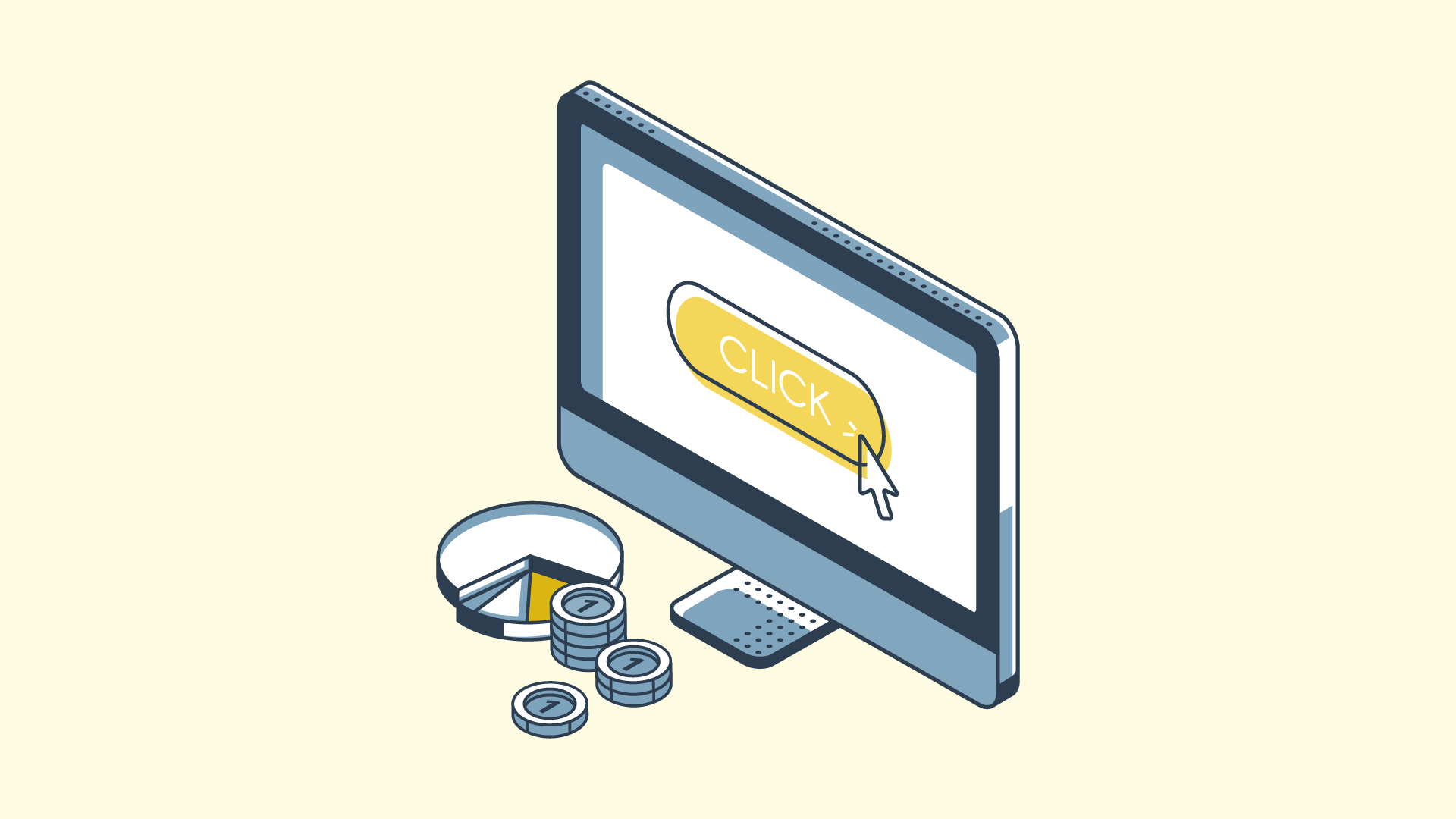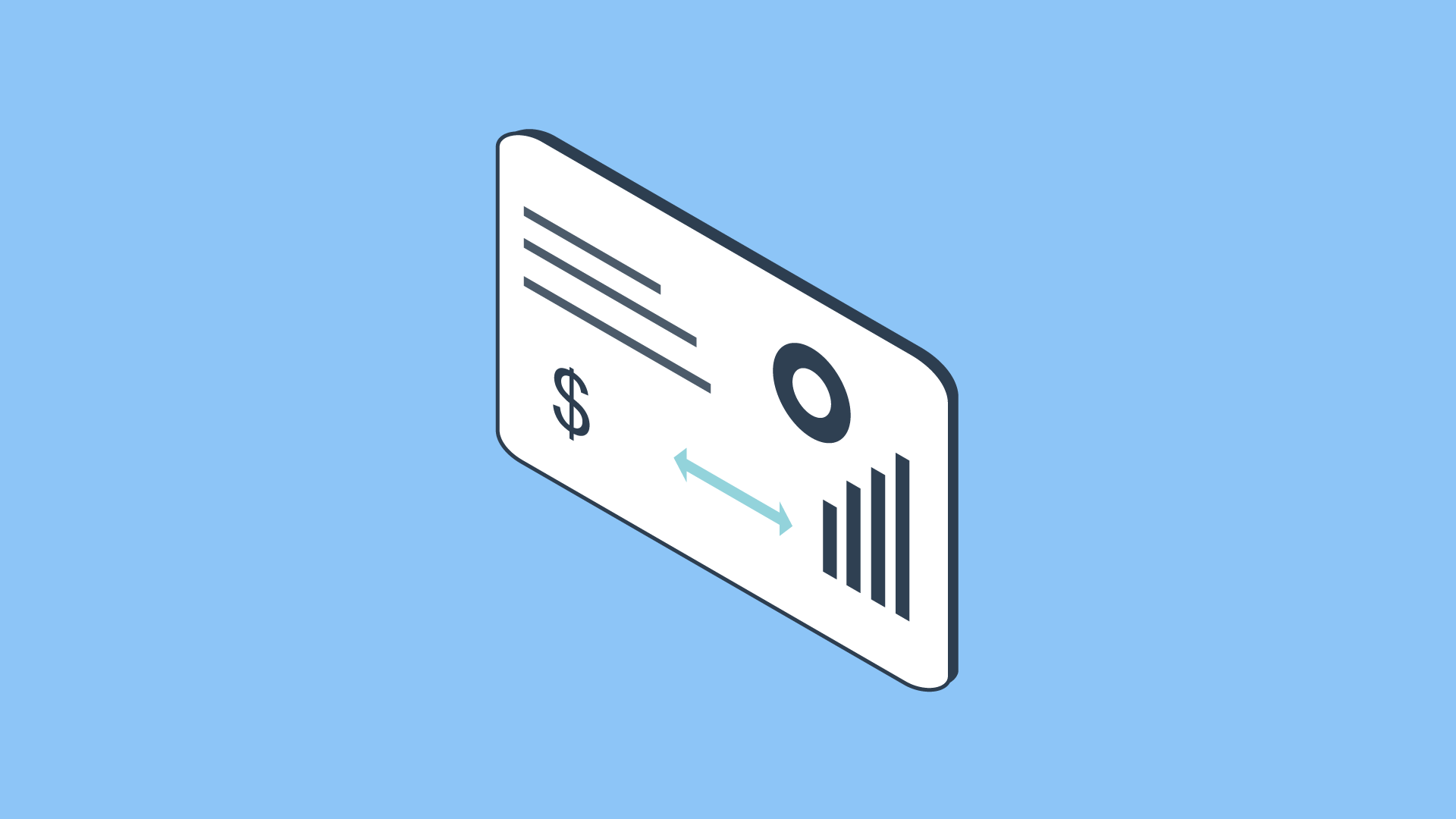Do you spend most of your advertising budget on search engine optimization (SEO)? Or do you put most of your budget toward paid search ads?
If you're like many marketers, you probably have a mix of both SEO and PPC campaigns running at the same time. But if you don't know how to properly allocate your resources between these two channels, it can be difficult to get the best results from each campaign.
In this article, I'm going to show you ways to maximize your B2B PPC budget. This will allow you to get the most bang for your buck and make the most of your ad dollars.
|
Pay-Per-Click (PPC) Pay-per-click (PPC) is an online advertising model in which advertisers pay a fee each time their ad is clicked, typically used to drive traffic to websites and increase visibility in search engine results. |
1. Focus on High-Reward Campaigns
It's a tough balancing act to strike. You need to be able to craft campaigns that are both relatively inexpensive and highly effective. However, if you're trying to save money by cutting corners, focusing on campaigns that offer the highest return on ad spend (ROAS) possible is a great strategy.
If your ROAS is high, then you’re making more money than you’re spending. This means you have extra funds to invest in your advertising efforts. You’ll be able to afford to reinvest back into your campaigns, which results in more sales. A low CPA (cost per action) indicates that you can reach more customers at a lower cost.
When looking at your campaign performance, don't just focus on the costs involved; it's important to make sure that you see good conversion rates. If you've found a campaign that's getting 1.5% conversions but others are doing better than that, then don't spend any time optimizing that campaign. It's not worth it.
You should also consider how your marketing efforts fit into a funnel. If you're using a Facebook video ad to build brand recognition with cold audience groups, and then you retargeting them with lead generation campaigns, you don't necessarily need to cancel out the first campaign just because it doesn't drive immediate conversions. It's an important component of the funnel, and you need it if you want to reach steps 2 and 3 (conversion). Take a look at the big picture.
2. Leverage Retargeting
Retargeting is one of the most effective ways to maximize your budget. It allows you to reach people who've already shown interest in your brand. This is great because it gives you another chance to convert those visitors into customers
Retargeting allows you to target warm audiences who are already familiar with you. These people are more likely to convert. This improves your ad relevancy and your overall conversions for each campaign, which are both positives.
Retargeting also helps ensure that you're not losing potential clients by failing to reach them again when they might be most receptive to hearing from you. Most customers won't buy right away when they first see an advertisement or hear from your brand. They'll have to see several campaigns that resonate with them before they decide which one to buy from.
If you run a successful retargeted advertising campaign, you'll increase the overall success of your campaign. Ensuring that your initial advertising budget wasn't wasted.
You can set up retargeting campaigns across multiple platforms, creating highly effective ad funnels. You can also use cross-platform retargeting for reaching diverse audience groups.
For example, you could run an ad on Google showing your incredibly comfortable, machine-washable, and pet-safe sweater. You can show people who visit your landing page a video advertisement on Facebook explaining the benefits of your product, and another one on Google's Display Network for them to stay interested until they're ready to buy.
3. Defining KPI Metrics
Key Performance Indicators (KPIs) are important because they help you monitor your progress. You want to learn what works and what doesn't.
However, it's easy to fall prey to the idea that "more data means better," which isn't true. Too much data can be detrimental. Before you start gathering data, consider which metrics you care about, and remember to define your metrics before setting your budget.
The following are some examples of KPIs:
Conversions - The number of leads generated through your ads.
Revenue - How much money you made off of your campaign.
Cost per acquisition - How much you spent on acquiring a customer.
Average order value - How much money you brought in per customer.
Average revenue per user - How much money you earned per person who viewed
4. Invest in Lower-Cost Ad Platforms
Advertisers are spending billions of dollars each month on digital advertising. But many marketers still struggle to make it work for them. Why? Because most advertisers don't know how to choose the right ad platform for their campaigns. And even those who do often fail to test different options to see what works best for their brand.
The good news is that there are plenty of low-cost alternatives out there. Some of the cheapest options you'll find are free, including:
- Free vs. Paid - There are lots of ways to advertise online. You've got paid ads like Facebook Ads, promoted posts on Instagram, sponsored tweets on Twitter, etc., and then there are free options like social media sharing buttons, retargeting pixels, and display ads. If you're just getting started, you might want to start with something free. After all, you won't lose much money if you spend $5-$10 per day on an ad network. Plus, you can always upgrade later.
- Low Cost - When you compare the price of different ad networks, you'll notice that some offer very cheap rates. For example, one popular option costs less than $0.50 per thousand impressions. Compare that to the average cost of $4.60 per thousand impressions for Facebook Ads. This makes sense because the lower the cost, the more impressions you'll receive.
- Multiple Options - Many of the lowest-priced ad networks offer several types of ads, including text ads, image ads, video ads, and native ads. So, you can try out different formats without having to pay extra.
- Easy Setup - Setting up an account takes minutes, not hours. Once you sign up, you'll be able to start creating campaigns within seconds.
- Flexible Pricing - Most ad networks charge based on the number of impressions you send. However, some allow you to set your budget and pay only once you reach your goal. Others let you adjust your bids mid-campaign.
5. Eliminate Irrelevant Placements
Irrelevant placements can be a big drain on your budget, especially if they don't generate any conversions.
If someone searches for "laptops" and clicks on your advertisement, that doesn't necessarily mean that it's a good match. Perhaps they're looking for an Apple computer but you only sell Dell or Microsoft laptops, so you've spent money on a wasted click.
If they're searching for "apple laptop sale," they might see your ad even though they didn't use the exact phrase "laptops." That's why careful targeting and eliminating irrelevant placements come into play.
Negative keywords let you exclude certain words from appearing in your ad copy so that they won't show up when someone types them into Google.
Geographical location is one of the most important factors when it comes to determining which ads get shown to which audiences. For instance, an electrician who wants to target people living in New York City might not be interested in reaching out to people in California.
You can use exclusionary advertising on multiple platforms, including Facebook. For example, you can choose not to show an advertisement to people who are already connected to your page.
6. Manage Your Campaigns Carefully
The most important thing you can do to optimize your paid search campaign is closely monitoring it. You want to make sure you are maximizing your return on investment (ROI). If you don't, you could lose money.
You must keep track of how much each keyword costs you per click, what keywords bring you the best conversions, and whether or not certain keywords perform better than others. This way, you'll know exactly where to spend your budget next month.
If you notice that one particular keyword performs well while another doesn't, you can use A/B testing to see which version converts better. With A/B testing, you split-test different versions of ads and landing pages to determine which works best.
7. Planning on Seasonality
Seasonal fluctuations are a fact of life for many businesses. Whether it's because of holiday shopping patterns, weather changes, or simply the way people work, there are certain times of the year when traffic drops off.
If you're working with B2B accounts, you're probably already familiar with seasonality - traffic might drop when people leave for summer vacation or conversion rates might dive into the end of the year. But what about the rest of us? What does seasonality look like for our customers? And how do we plan for it?
The good news is that most businesses experience similar patterns. According to HubSpot research, the average business experiences a dip in traffic every four months. This means that even if you don't know exactly when your next big sale will come, you can still account for the seasonal trends that affect your audience.
Make the Most of PPC
In conclusion, optimizing your PPC budget is essential to maximizing its effectiveness. Several factors influence whether or not your ads perform well, including the keywords used, ad copy, landing page design, and more. By taking these steps, you can ensure that your campaign performs as expected and helps drive traffic to your site.
The bottom line is that you want to spend your advertising dollars where they matter most, which means focusing on the right keywords and creating compelling content. Once you've done that, you can use the rest of your budget to focus on other aspects of your marketing strategy.



